Archives
- 2025-12
- 2025-11
- 2025-10
- 2025-09
- 2025-03
- 2025-02
- 2025-01
- 2024-12
- 2024-11
- 2024-10
- 2024-09
- 2024-08
- 2024-07
- 2024-06
- 2024-05
- 2024-04
- 2024-03
- 2024-02
- 2024-01
- 2023-12
- 2023-11
- 2023-10
- 2023-09
- 2023-08
- 2023-06
- 2023-05
- 2023-04
- 2023-03
- 2023-02
- 2023-01
- 2022-12
- 2022-11
- 2022-10
- 2022-09
- 2022-08
- 2022-07
- 2022-06
- 2022-05
- 2022-04
- 2022-03
- 2022-02
- 2022-01
- 2021-12
- 2021-11
- 2021-10
- 2021-09
- 2021-08
- 2021-07
- 2021-06
- 2021-05
- 2021-04
- 2021-03
- 2021-02
- 2021-01
- 2020-12
- 2020-11
- 2020-10
- 2020-09
- 2020-08
- 2020-07
- 2020-06
- 2020-05
- 2020-04
- 2020-03
- 2020-02
- 2020-01
- 2019-12
- 2019-11
- 2019-10
- 2019-09
- 2019-08
- 2019-07
- 2019-06
- 2018-07
-
Later the same group designed and
2024-08-17
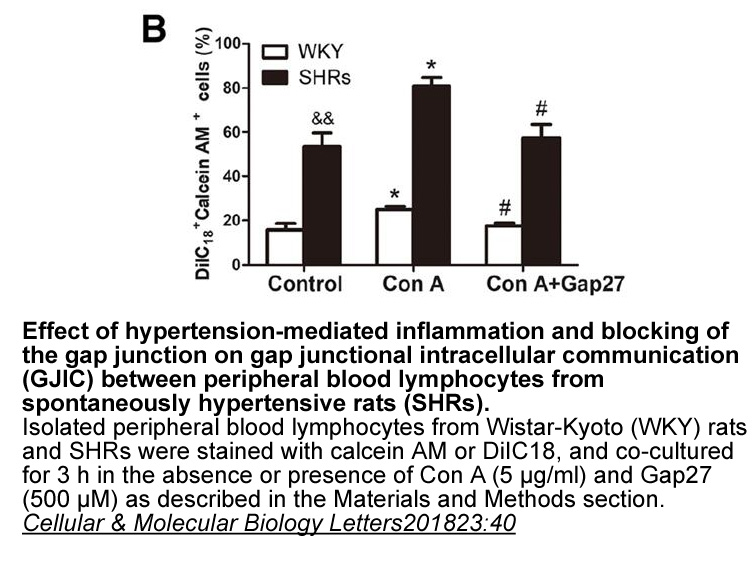
Later, the same group designed and prepared several Δ16-steroidal C17 benzoazoles and pyrazines and evaluated their CYP17 and 5α-reductase inhibitory activities, binding to and transactivation of the AR, as well as their antiproliferative effects against two human PC cell lines (LNCaP and LAPC4) [18
-
IGF signaling has been shown to induce chromatin changes via
2024-08-17
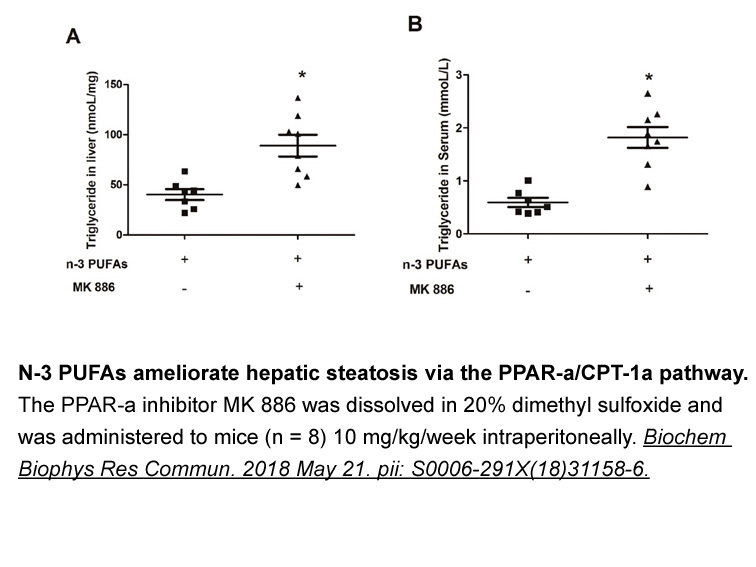
IGF-1 signaling has been shown to induce (+)-Catechin hydrate australia changes via interacting with MKK-p38 signaling (Serra et al., 2007) and by perturbing Foxo3a signaling (Stitt et al., 2004), among other mechanisms. The current study demonstrates that the acetyl group itself may be limiting, si
-
br Conclusion br Acknowledgements br Introduction
2024-08-17
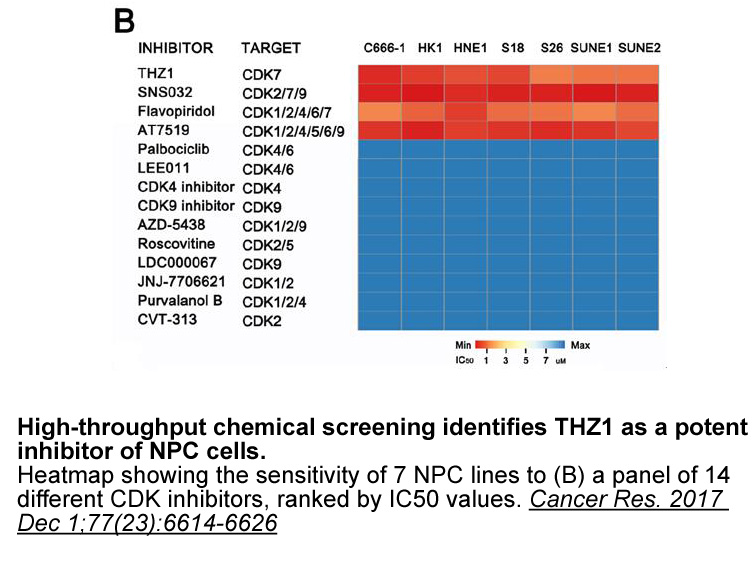
Conclusion Acknowledgements Introduction Synapses are the fundamental elements of neuronal networks that enable the processing, encoding, and retrieval of information in the brain, and pathological disruptions in synapse structure are broadly held to underlie the development of neurological
-
There is little question that as we become
2024-08-17
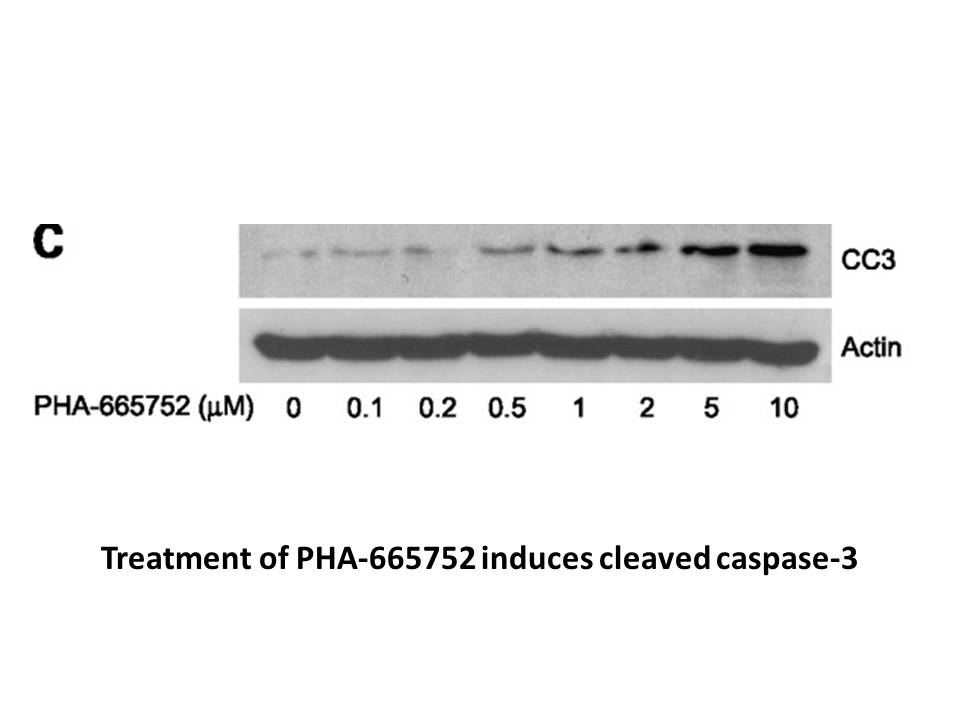
There is little question that as we become more proficient in the diagnosis of arginase 1 deficiency individuals with intermediary elevations in arginine on newborn screening and partial defects in enzymatic activity will be found. There are no reliable data to determine a safe level of arginine and
-
While increased arginase levels has been
2024-08-17

While increased arginase levels has been shown in animal models and in humans with cardiovascular dysfunction [16], [22], [23], it is unknown whether plasma levels or activity of Arginase may predict ED risk. In addition, recent evidence suggests that plasma l-arginine hydrolysis by arginases limits
-
br Conflict of interest br Introduction Platelets are
2024-08-17
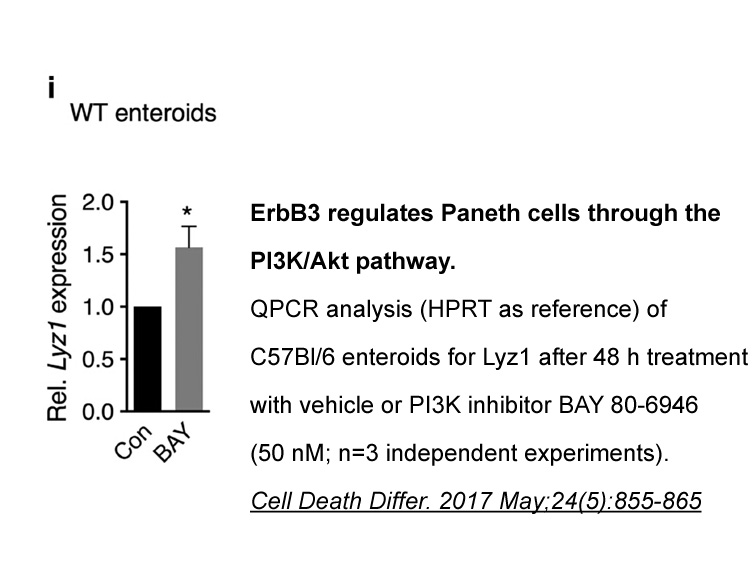
Conflict of interest Introduction Platelets are anucleate blood cells essential for hemostasis and wound healing; tight regulation of platelet numbers is crucial for human health. Platelets are synthesized and released from bone marrow megakaryocytes into the circulation where they remain for
-
As with most G protein coupled
2024-08-17

As with most G protein-coupled receptors (GPCRs), sustained activation of APJ can cause desensitization and this has been reported to occur for APJ-mediated effects on cytoplasmic Ca2+ concentration, as well as for effects on activity of adenylyl cyclase, ERK and Akt (Ishida et al., 2004, Masri et a
-
Critically we found that pre treatment with A
2024-08-16
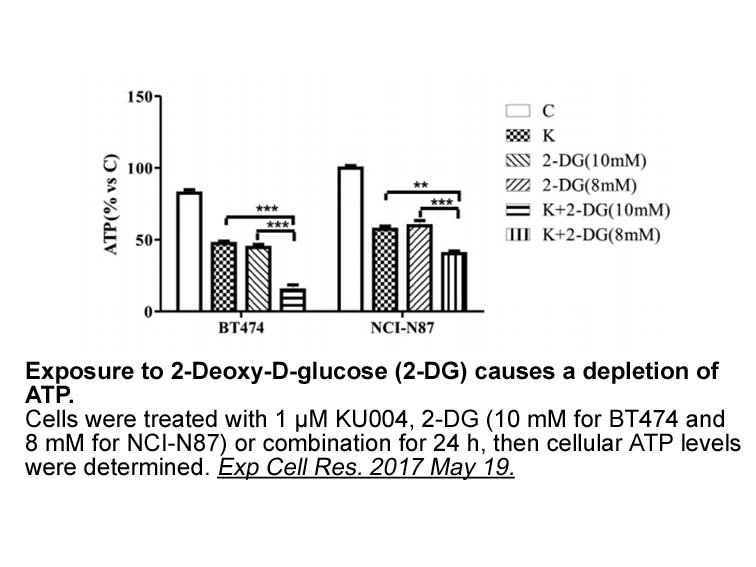
Critically we found that pre-treatment with Aβ monomer preparations prevented the Aβ oligomer-induced aggregation of PrPC. These preparations contain a mixture of Aβ species and consequently it was not possible to identify the precise form of Aβ that is responsible for this effect. It is possible th
-
In a recent issue of Minokoshi and colleagues have
2024-08-16
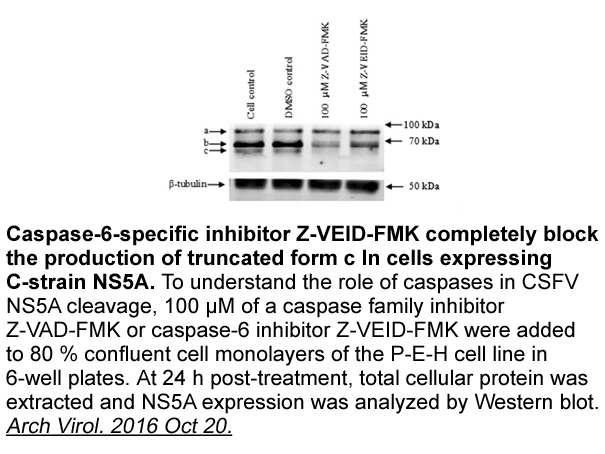
In a recent issue of , Minokoshi and colleagues have added more light to our understanding of the role of hypothalamic AMPK in the regulation of energy balance. Previous seminal work from the same group suggested that AMPK in the PVH might be involved in the modulation of feeding . Here, they show
-
Following activation of mGluRs GRIP stabilized AMPARs appear
2024-08-16
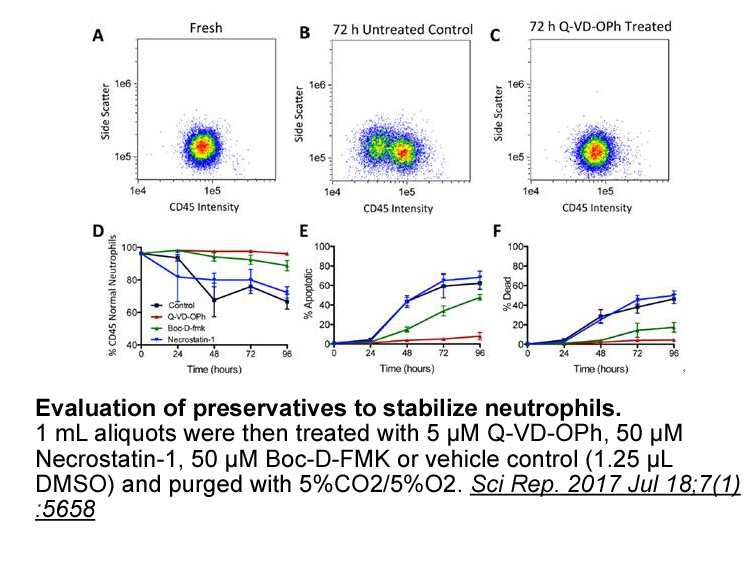
Following activation of mGluRs, GRIP-stabilized AMPARs appear to be the primary target for endocytosis. Consistent with this model, we find that using siRNA to reduce GRIP1/2 expression blocks the AMPAR internalization and the synaptic depression mediated by mGluRs. Reductions in GRIP1/2 expression,
-
Mt a known to be upregulated
2024-08-16
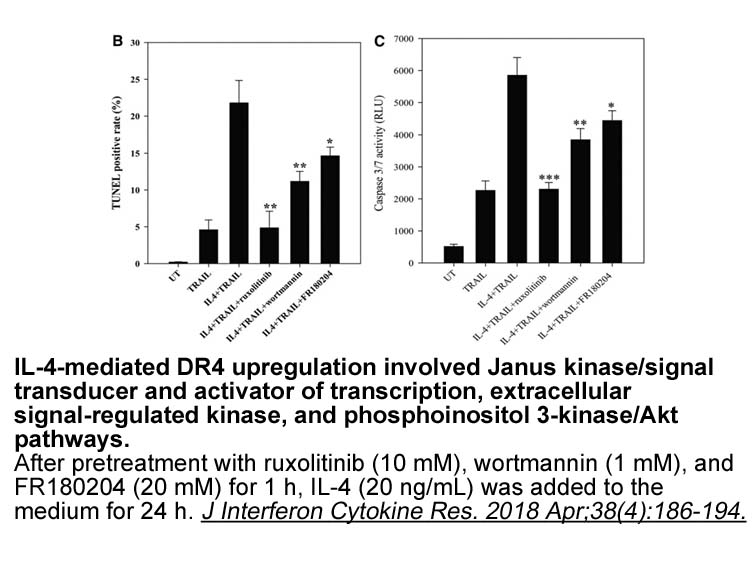
Mt2a, known to be upregulated by ozone (Inoue et al., 2008), was also increased in vehicle-pretreated rats exposed to ozone, however, this effect was markedly reduced by both PROP and MIFE, suggesting that the neuroendocrine response is linked to ozone-induced acute phase protein expression. In huma
-
Based on the observation that antipsychotic drugs increase
2024-08-16

Based on the observation that antipsychotic drugs increase 5-HT1A–D2 heteromerization level (Łukasiewicz et al., 2016), we set out to compare the effect of paroxetine to that of risperidone. Paroxetine, a potent SSRI, is very effective in the treatment of depression and anxiety disorders, e.g., gene
-
In the vasculature it is
2024-08-16
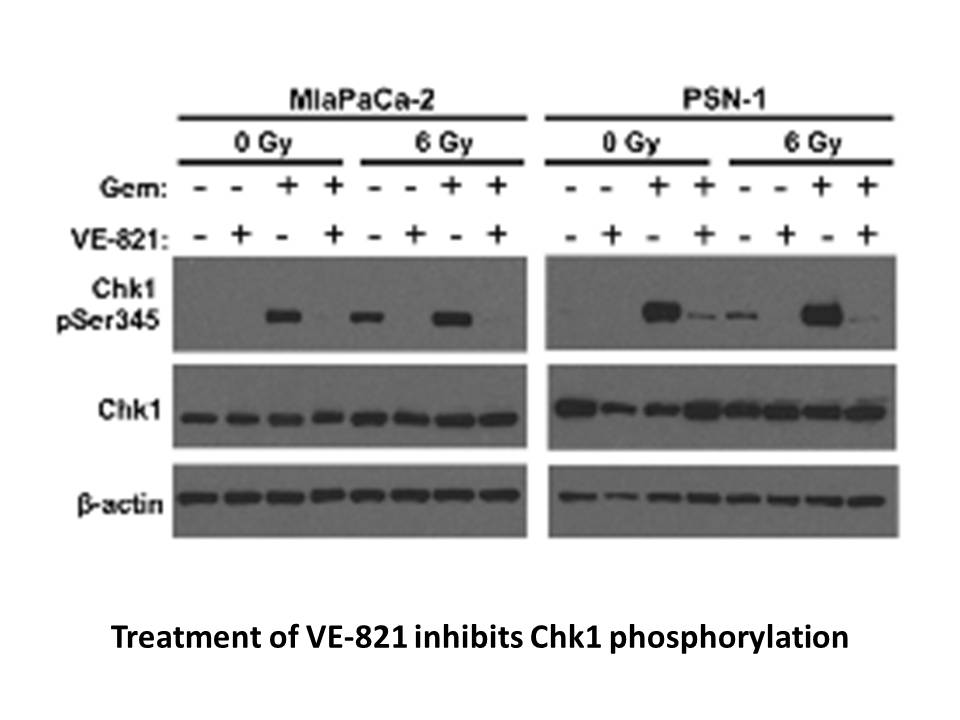
In the vasculature, it is known that A2A and A2B adenosine receptors are stimulatory for adenylyl-cyclase, leading to cyclic-AMP (cAMP) production and vasodilation, while the A1 and A3 adenosine receptors are linked to the inhibitory Gi, suppressing adenylyl-cyclase and favoring contraction. However
-
Ultraviolet UV spectroscopy is commonly
2024-08-16
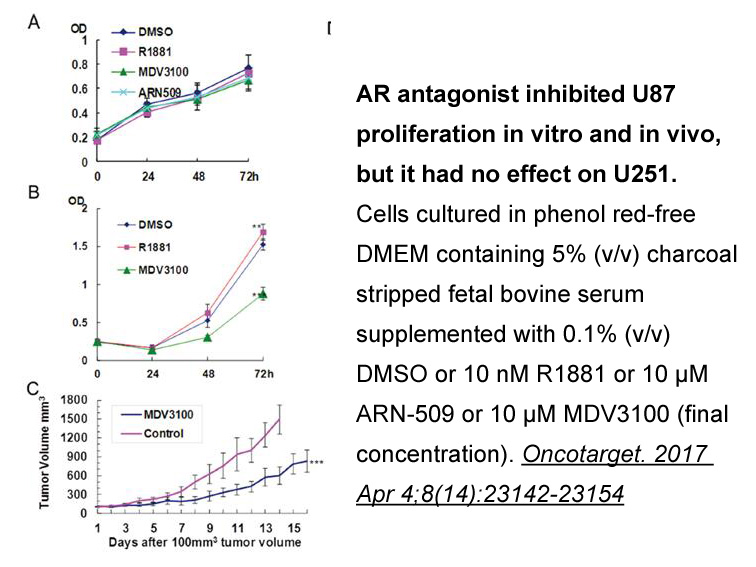
Ultraviolet (UV) spectroscopy is commonly used for screening potential ADA inhibitors [15]. In the UV method, the ADA reaction is calculated by measuring the decrease in absorbance of the substrate at 265 nm or increase in absorbance of the product at 248 nm. However, AD and inosine share a very clo
-
Since pyrrolopyrimidine dithiolanes and both displayed parti
2024-08-16
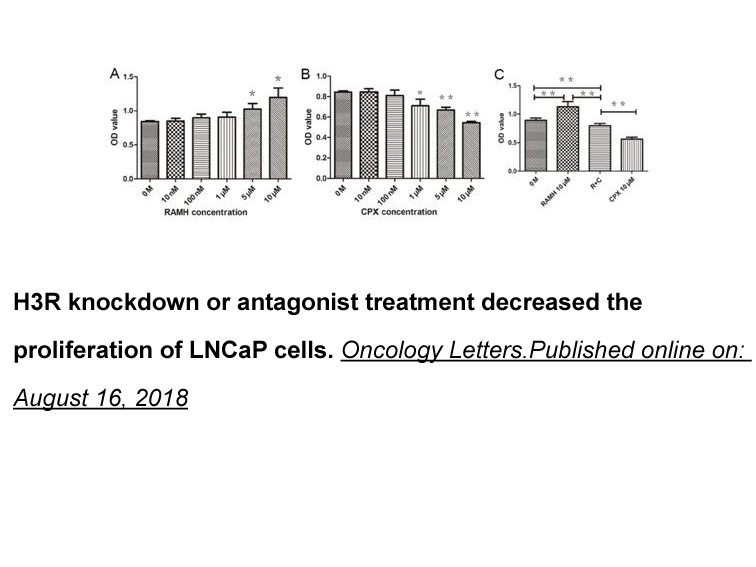
Since pyrrolopyrimidine dithiolanes and both displayed particularly excellent levels of ACK1 inhibition, these analogs were viewed as potential candidates for further investigation in tumor xenograft experiments. While in vitro metabolic studies indicated that pyrrolidine was predicted to be signifi
14820 records 102/988 page Previous Next First page 上5页 101102103104105 下5页 Last page